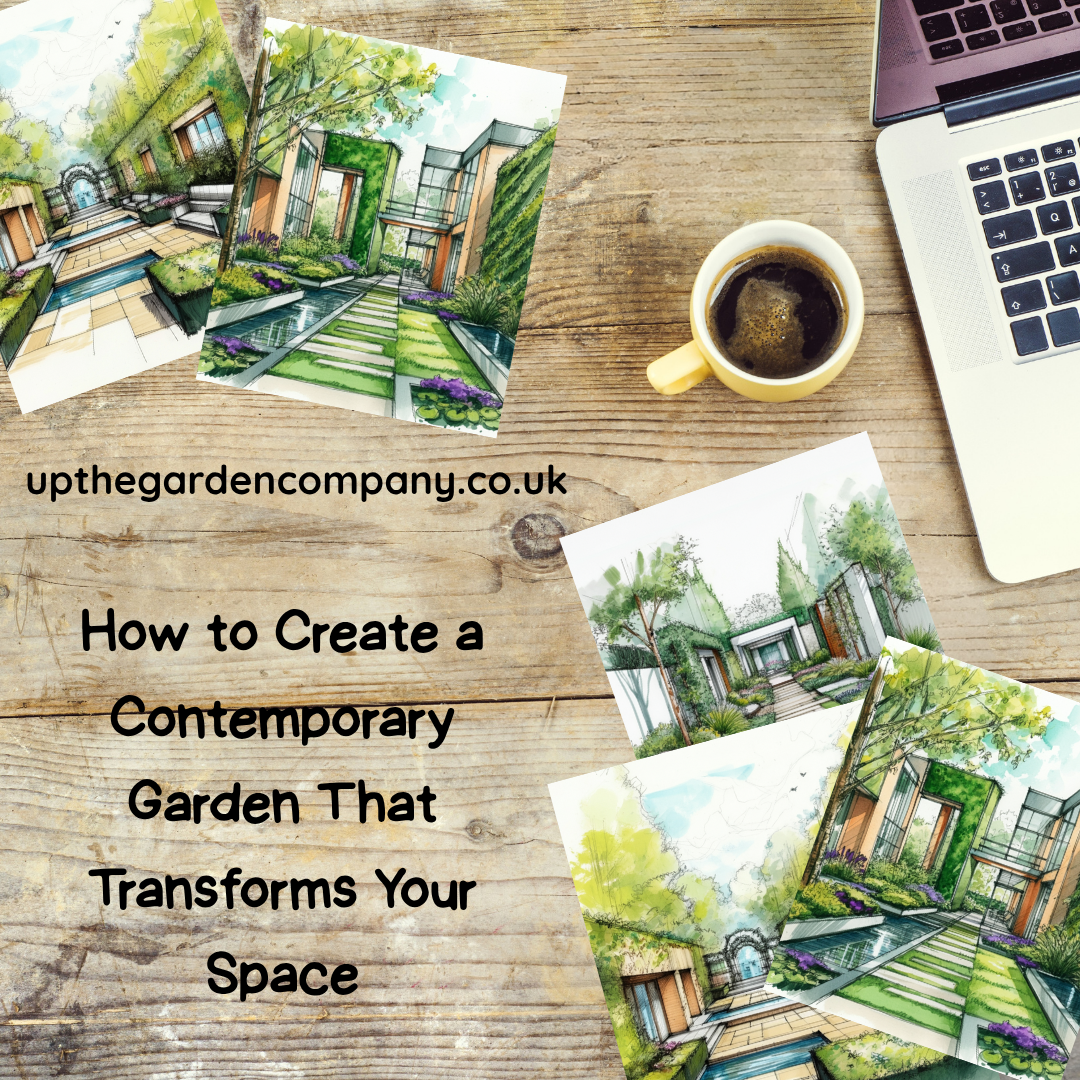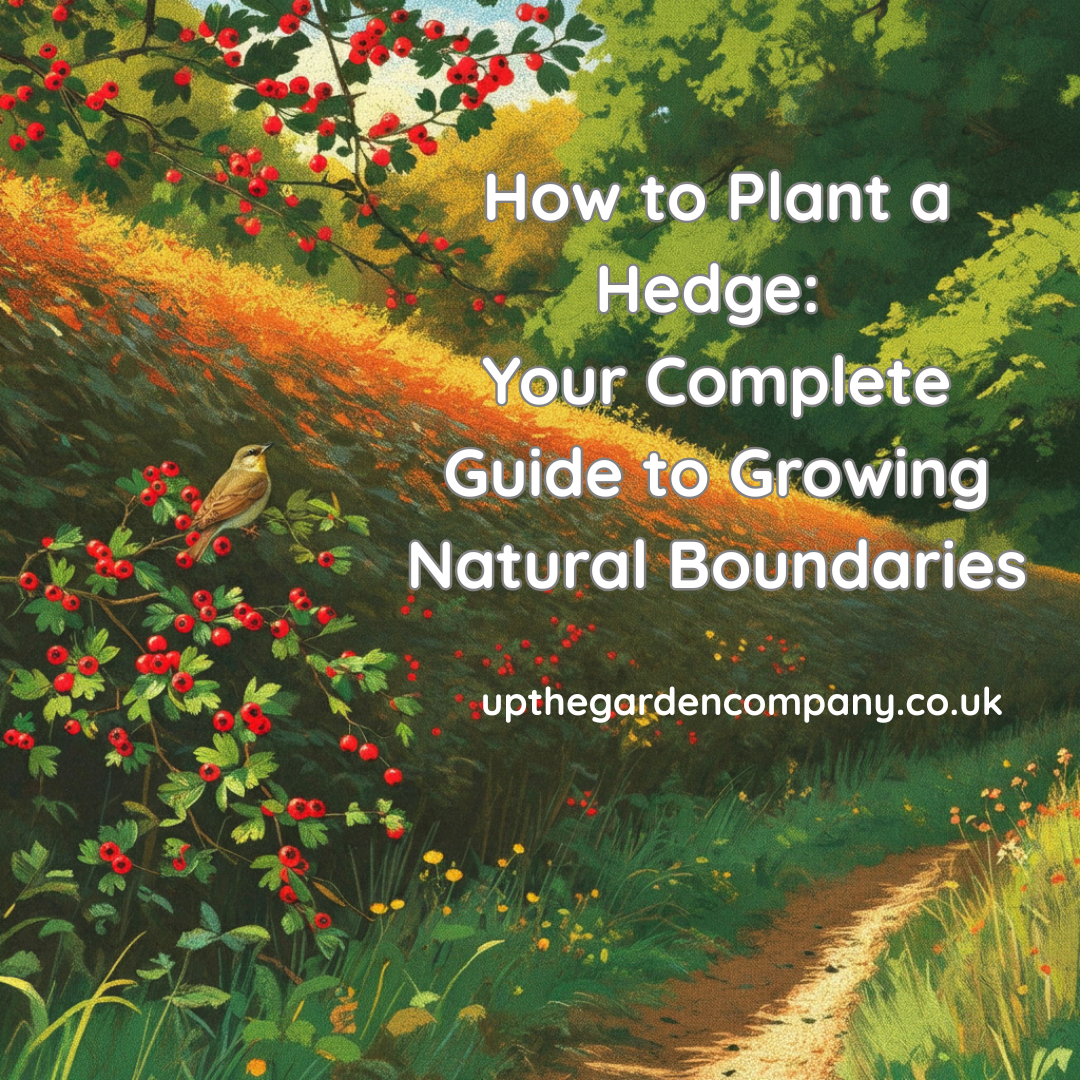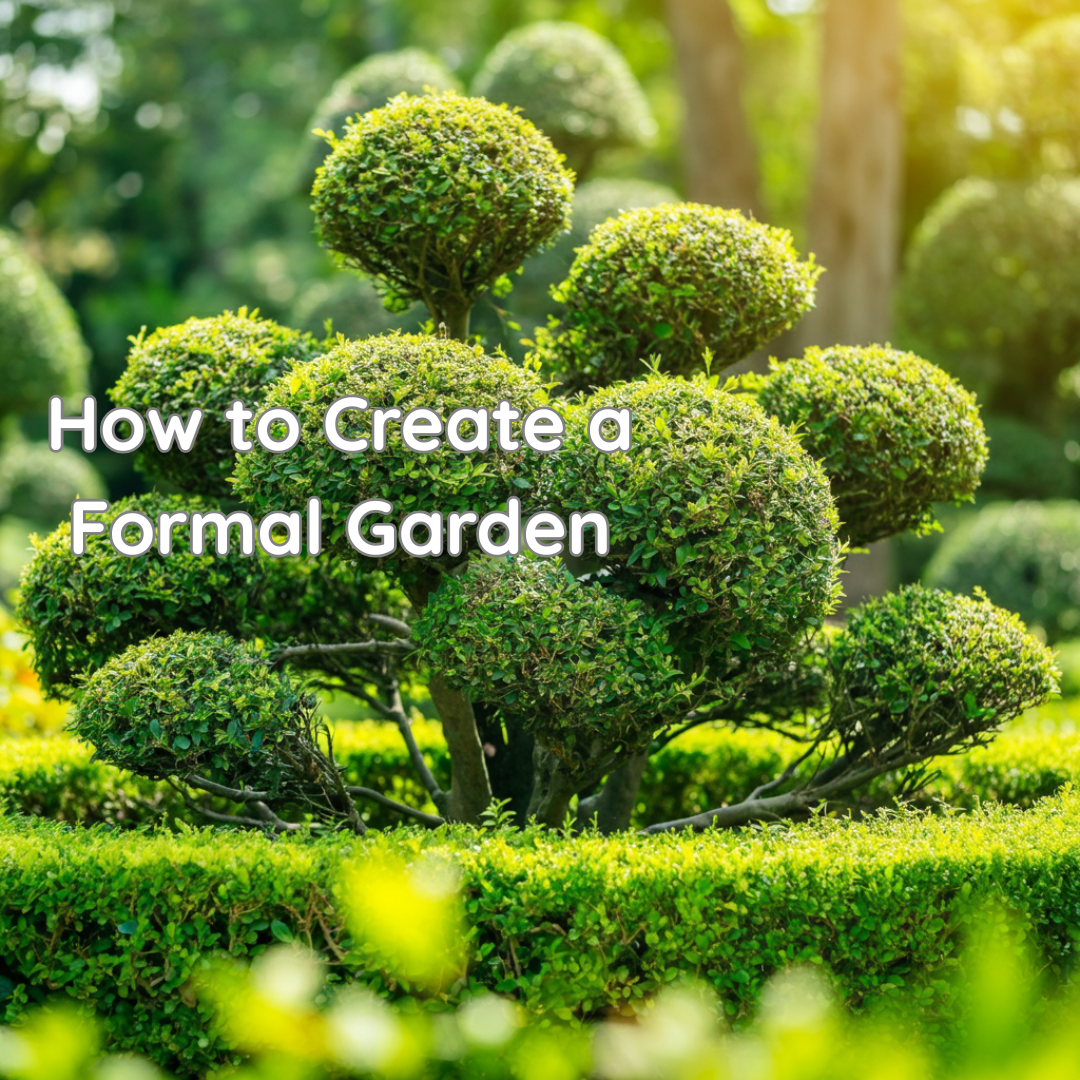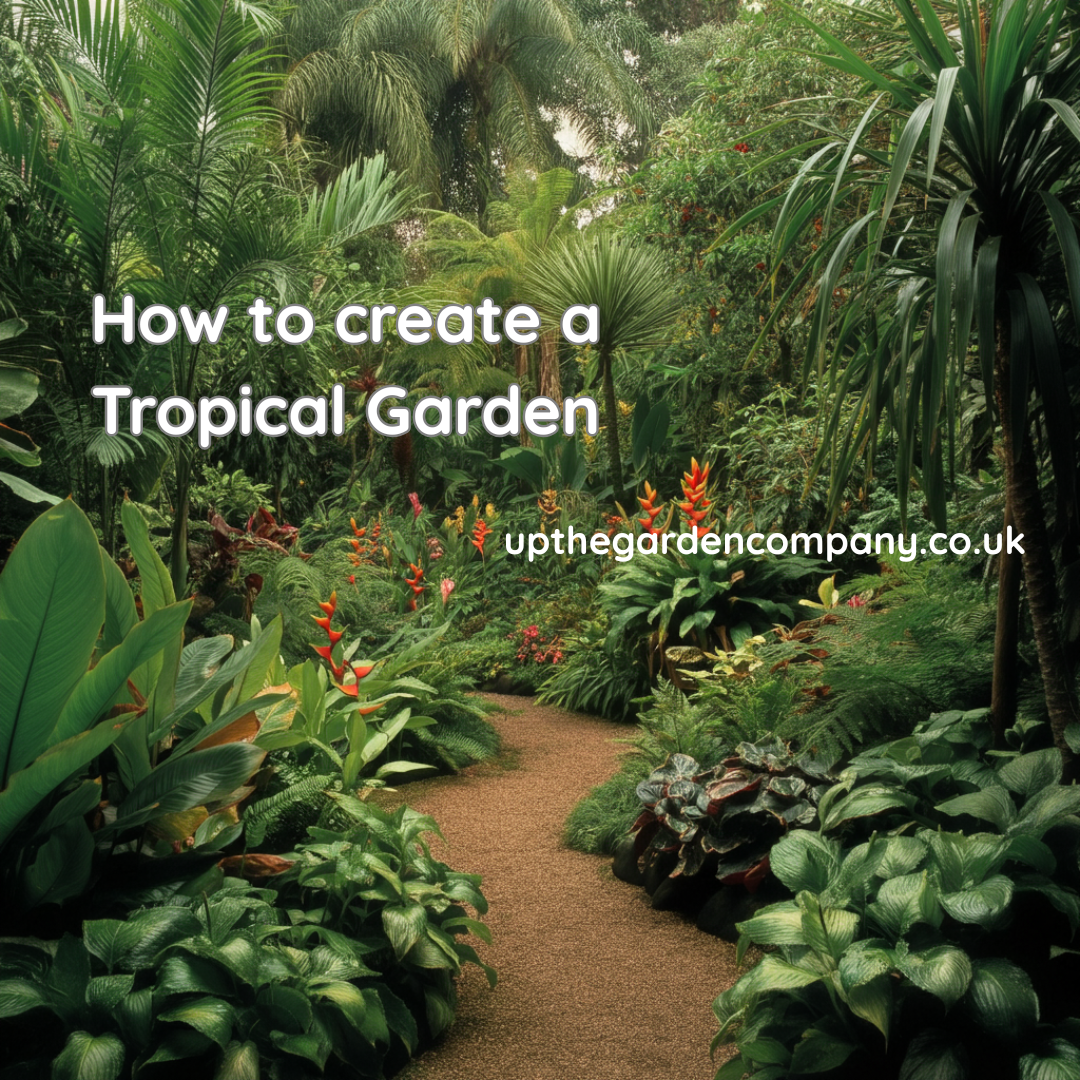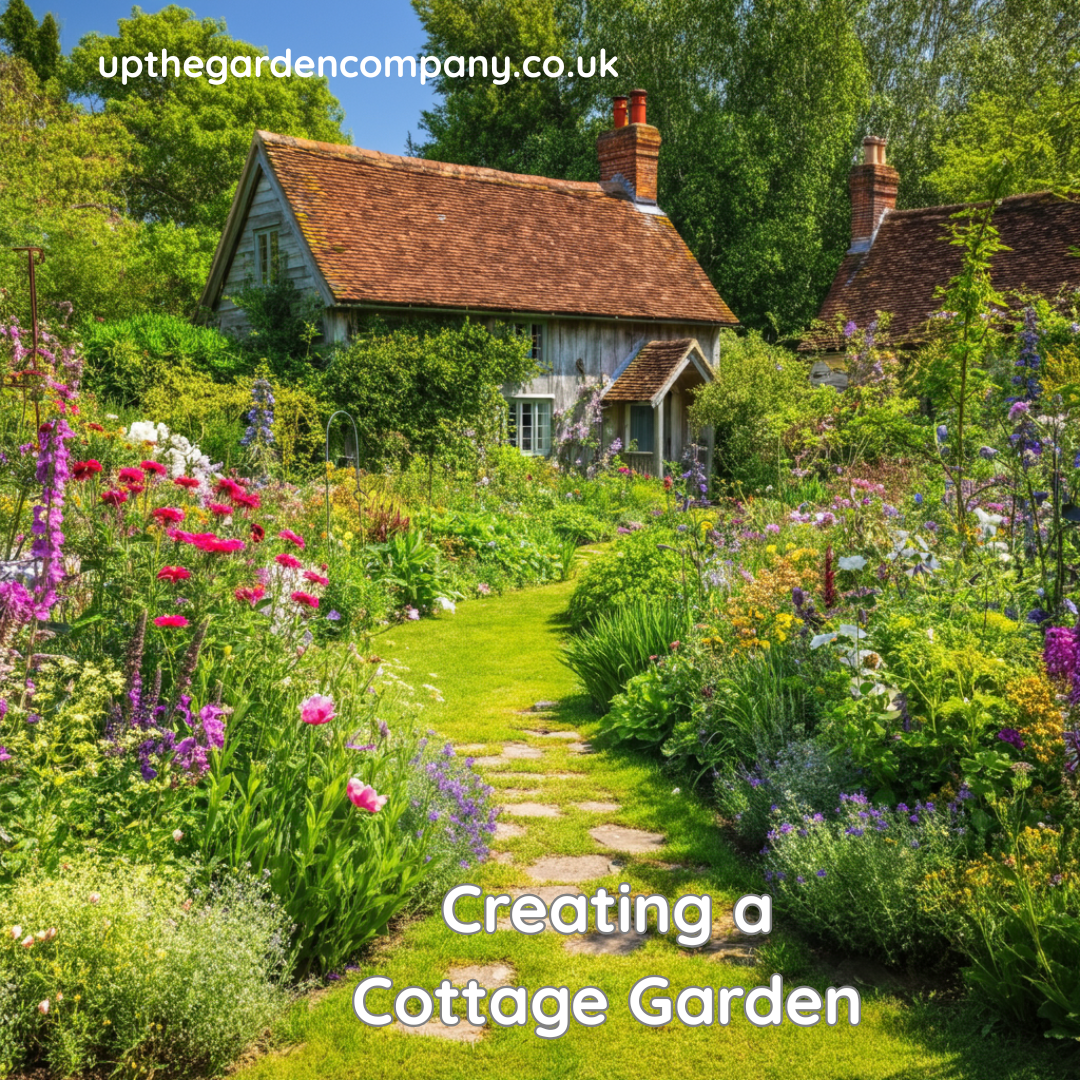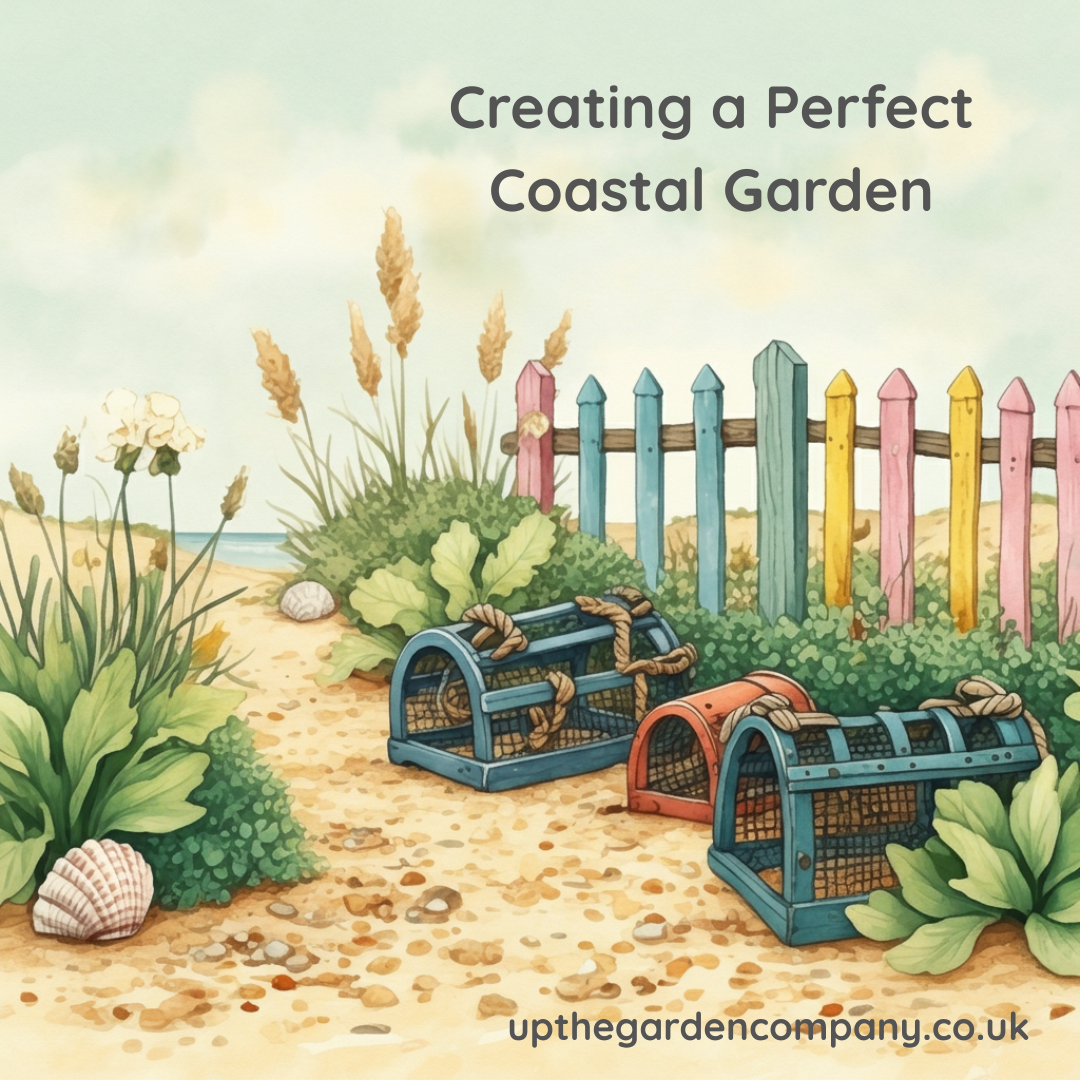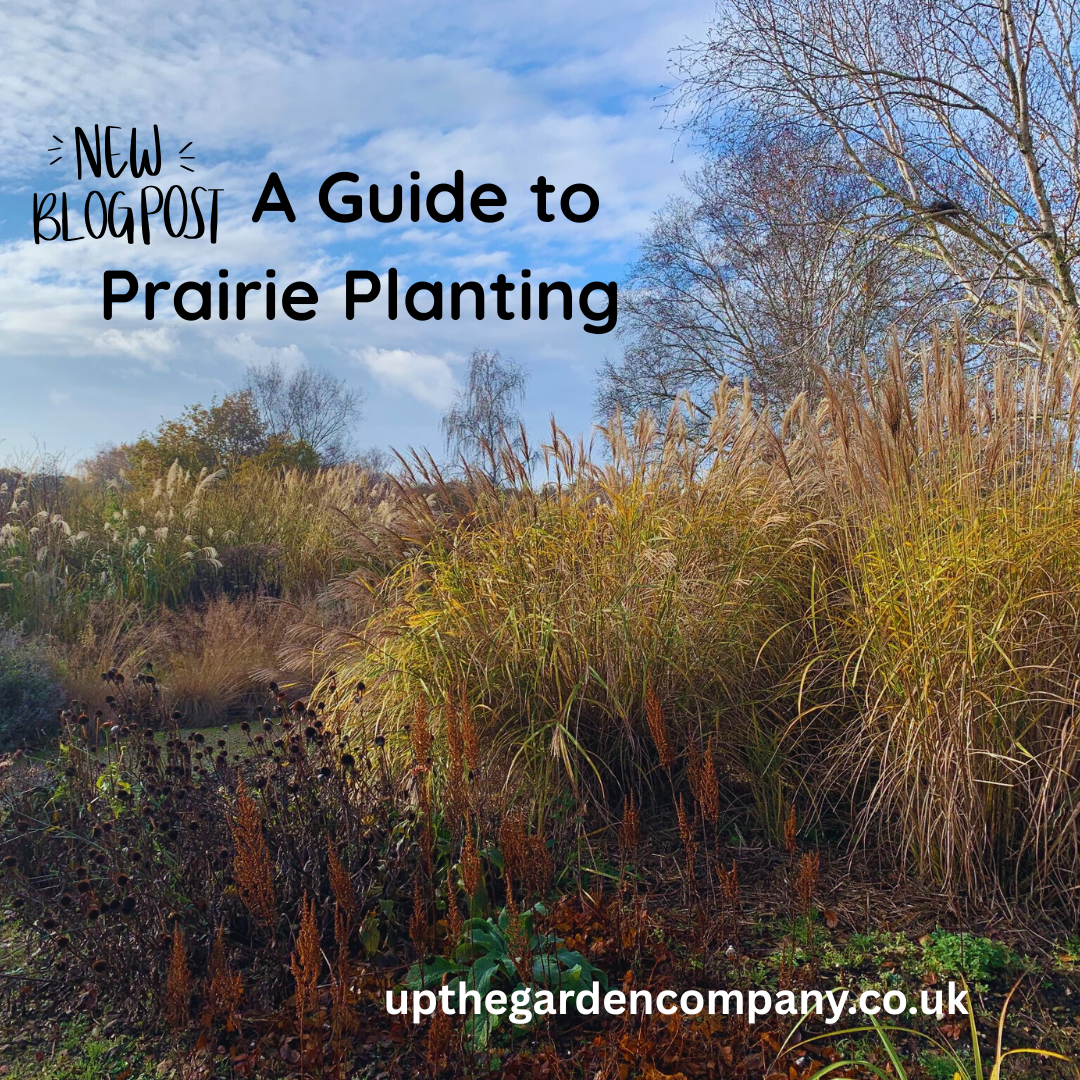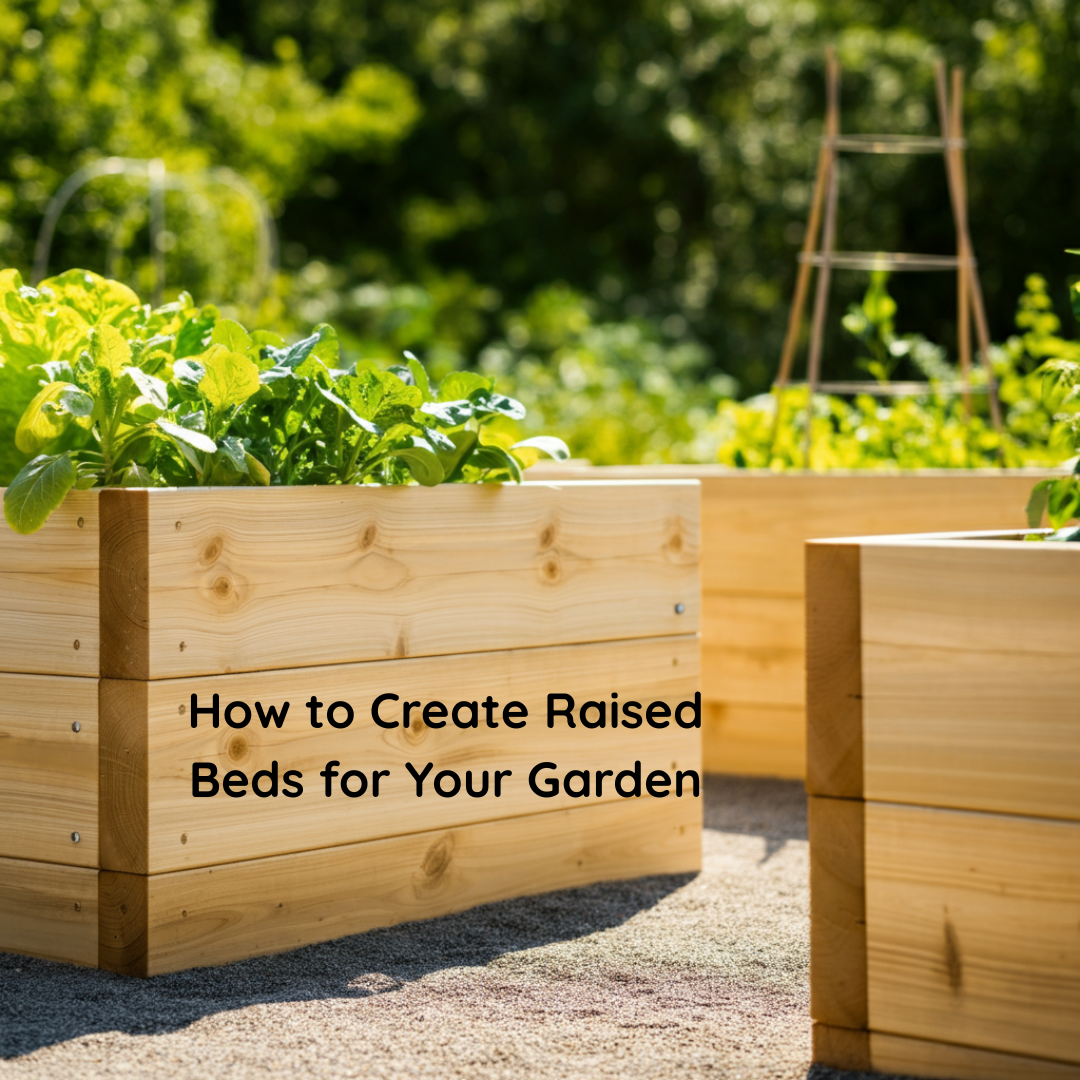The garden sleeps beneath winter’s blanket, but beneath the frost-kissed earth, spring’s potential lies dormant, waiting. For the thoughtful gardener, these quiet months offer something precious: time to dream, plan and prepare for the spectacular displays that will unfold when warmth returns.
Winter provides the perfect opportunity to step back from the immediate demands of weeding and watering to consider the bigger picture. With catalogues spread across kitchen tables and notebooks filled with sketched ideas, you can craft borders that will bring months of joy and beauty to your garden. The bare bones of your garden are now visible, revealing its true structure and allowing you to see exactly where improvements could transform your outdoor space.
Planning a new border during winter isn’t merely about choosing pretty plants—it’s about creating living tapestries that change throughout the seasons, each month bringing new colours, textures, and fragrances. Whether you’re starting from scratch or reimagining an existing space, winter’s contemplative pace allows for the careful consideration that truly exceptional borders require.
Understanding Your Canvas
Before selecting a single plant, successful border planning begins with understanding your garden’s unique conditions. Walk your proposed border area at different times of day, observing how light moves across the space. Does morning sun give way to afternoon shade? Are there areas that remain consistently bright or perpetually dim?
Soil quality tells its own story through what already grows there. Areas where weeds flourish often indicate fertile, well-draining conditions, whilst bare patches might suggest compacted or poor soil requiring improvement. Take time to observe how water moves through your garden during winter rains—noting where it pools or runs off rapidly will inform your plant selections later.
Consider the border’s relationship to your home and existing garden features. Will this be a display primarily viewed from indoors, requiring plants with strong winter structure? Or perhaps it borders a frequently used path, where fragrant plants could release their perfumes as you brush past them on evening strolls.
Drawing Inspiration from Garden History
Gardens have reflected the personalities and aspirations of their creators throughout history, offering rich inspiration for today’s border makers. The herbaceous borders of Gertrude Jekyll, with their carefully orchestrated colour progressions, demonstrated how understanding plant heights, flowering times, and colour theory could create breathtaking displays that seemed effortlessly natural.
Victorian cottage gardens, bursting with productive and ornamental plants grown side by side, show how borders can serve multiple purposes whilst maintaining abundant charm. These gardens mixed vegetables with flowers, herbs with ornamental shrubs, creating spaces that were both beautiful and practical—a principle increasingly relevant for modern gardeners seeking sustainability alongside beauty.
The prairie-style plantings pioneered by designers like Piet Oudolf have revolutionised contemporary border design, emphasising naturalistic combinations that provide year-round interest through seedheads and structural grasses. These borders celebrate the beauty found in plants’ entire lifecycle, not just their flowering moments.
Exploring Border Styles and Planting Approaches
The Mixed Border: A Symphony of Textures
Mixed borders combine perennials, shrubs, bulbs, and annuals to create displays with extended seasonal interest. This approach, popularised in English country gardens, allows for experimentation with different plant combinations whilst maintaining structure through permanent woody plants.
For a mixed border, consider starting with structural shrubs like Viburnum tinus, which provides evergreen backbone and winter flowers, or Cornus alba varieties whose coloured winter stems create dramatic focal points. Weave in seasonal performers: early bulbs such as snowdrops and crocuses, followed by tulips and alliums, then perennials like hardy geraniums and astilbe for summer colour.
The beauty of mixed borders lies in their ability to evolve. Gaps between young shrubs can be filled with annuals whilst the permanent plants establish, creating full displays from the first season whilst allowing for long-term development.
The Herbaceous Border: Seasonal Spectacle
Pure herbaceous borders, though requiring annual cutting back, offer unparalleled displays during their growing season. These borders showcase the full drama of perennial plants, from their first spring shoots through to their autumn seed heads.
Plan herbaceous borders with careful attention to flowering succession. Begin with early performers like hellebores and pulmonarias, progress through summer stalwarts such as delphiniums, phlox, and rudbeckias, then finish with late-season heroes like asters and Japanese anemones.
Height variation creates visual interest—use tall plants like Verbascum olympicum or Thalictrum delavayi as dramatic punctuation marks, with mid-height plants like echinaceas and salvias forming the border’s backbone, and low-growing sedums and heucheras creating neat front edges.
The Prairie Border: Natural Rhythms
Prairie-style borders embrace nature’s own planting patterns, using ornamental grasses interwoven with perennials to create naturalistic displays that provide beauty through all seasons. These borders require careful plant selection but reward with relatively low maintenance once established.
Structural grasses like Calamagrostis x acutiflora ‘Karl Foerster’ provide vertical accents, whilst Panicum virgatum varieties offer airy texture and autumn colour. Intersperse these with perennials that complement the naturalistic aesthetic: Echinacea species, Rudbeckia fulgida, and Aster species create the flowering tapestry that makes prairie borders so captivating.
The magic of prairie borders unfolds gradually—spring emergence is subtle, summer brings flowering crescendos, and winter reveals the beautiful architecture of grass plumes and persistent seed heads dusted with frost.
The Colour-Themed Border: Artistic Expression
Single-colour borders, whether the sophisticated elegance of white gardens or the passionate drama of red borders, offer opportunities for artistic expression through plant combinations. These borders require careful attention to texture, form, and flowering times to maintain interest without colour contrast.
A white border might combine the architectural presence of white foxgloves and delphiniums with the delicate textures of crambe and gypsophila, unified by silver-foliaged plants like artemisia and stachys. The challenge lies in ensuring continuous interest—plan for succession plantings and include plants valued for foliage or form alongside flowering specimens.
Hot-coloured borders celebrate warm tones, combining plants like crocosmia, kniphofia, and heleniums with bronze-foliaged dahlias and orange or red rudbeckias. These borders can feel particularly welcoming during cooler months, their warm colours providing psychological warmth even when temperatures drop.
Bringing Your Vision to Life
The most beautiful borders begin as sketches on paper, refined through winter’s contemplative months. Draw your proposed border to scale, marking existing features and noting sun patterns, soil conditions, and viewing angles. This groundwork prevents costly mistakes and ensures your plant selections suit their intended locations.
Create planting plans that consider mature plant sizes—a common mistake is underestimating how large plants will grow, leading to overcrowded borders that require frequent division or removal. Allow space for plants to achieve their natural forms whilst ensuring sufficient coverage to suppress weeds.
Consider maintenance requirements realistically. A border requiring weekly attention may be rewarding but impractical for busy gardeners. Prairie-style plantings generally require less intervention than mixed borders with numerous different plants requiring individual care regimens.
Creating Your Garden Legacy
As winter’s planning period draws to a close, you’ll find yourself equipped with detailed visions for borders that will provide years of pleasure. The hours spent dreaming over plant catalogues and sketching possibilities represent an investment in future happiness—both your own and that of the wildlife your plantings will support.
Remember that the finest borders evolve over time, shaped by successes, failures, and happy accidents. Your winter planning provides the foundation, but remain open to refinement and change as your border develops its own personality.
Start gathering your chosen plants through reputable nurseries, and prepare your soil during late winter and early spring. The careful planning you’ve undertaken during these quiet months will reward you with borders that provide beauty, wildlife habitat, and deep satisfaction for years to come.
Your garden’s next chapter awaits, written in the language of leaves, flowers, and changing seasons—a living story that begins with winter’s thoughtful preparation.
Further Reading: Mast Years: Why They Happen and Their Impact
Inspiration: Follow Us on Instagram, Threads, BlueSky, Twitter, TikTok and Pinterest.

